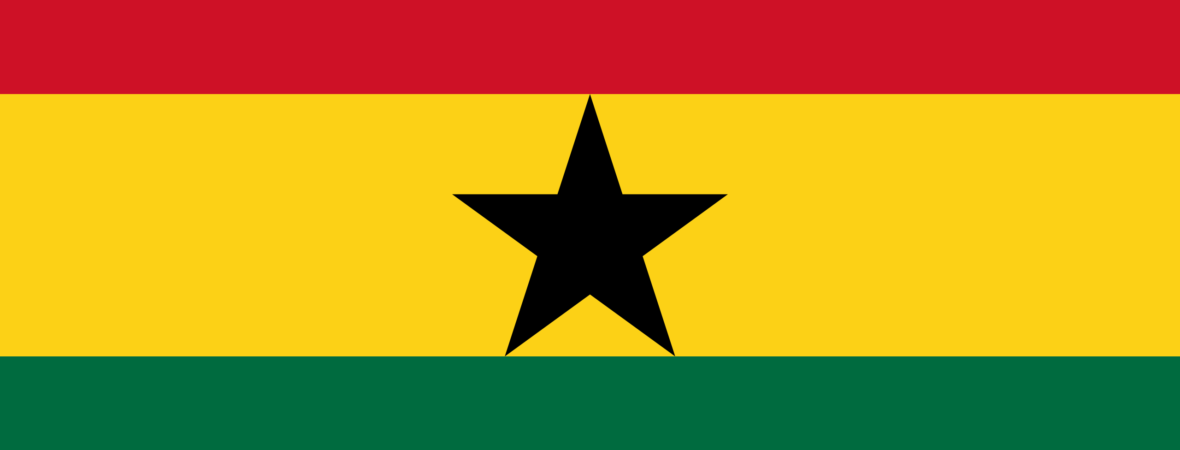Ghana has announced the country’s first outbreak of Marburg virus disease. The Institute Pasteur in Dakar, Senegal, received samples from two patients from the southern Ashanti region of Ghana – both deceased and unrelated – who showed symptoms including diarrhea, fever, nausea, and vomiting. The laboratory confirmed the results from the Noguchi Memorial Institute for Medical Research, which suggested their illness was due to the Marburg virus. One case was a 26-year-old male who checked into a hospital on 26 June 2022 and died on 27 June. The second case was a 51-year-old male who reported to the hospital on 28 June and died on the same day.
The New England Journal of Medicine published in June 2022 the detection of Marburg Virus Disease (MVD) in a 46-year-old man in Guinea in August 2021. The man died with bleeding from several orifices and the initial diagnosis of MVD was confirmed in a postmortem buccal sample via real-time reverse transcriptase-PCR. Field investigations indicated that the Guinea Marburg Virus strain had been isolated from bats in Sierra Leone and from humans in Angola. Guinean forest and other others of western Africa, including Sierra Leone, demonstrate to be environmentally suitable for zoonotic transmission of MVD by bats, particularly the Egyptian fruit bat, which has been identified as a natural MARV reservoir host.
Marburg virus (MARV) is a close relative of the more well-known Ebola virus (EBOV) and is the founding member of the Filoviridae family and Mononegavirales order. Marburg virus disease (MVD) is a highly infectious viral hemorrhagic fever and considered extremely dangerous. It is transmitted to people from fruit bats and spreads among humans through direct contact with the bodily fluids of infected people, surfaces, and materials. Illness begins abruptly, with high fever, severe headache, and malaise. Many patients develop severe hemorrhagic signs within seven days. Case fatality rates have varied from 24% to 88% in past outbreaks depending on virus strain and the quality of case management. Although there are no vaccines or antiviral treatments approved to treat the virus, supportive care – rehydration with oral or intravenous fluids and a range of potential treatments, including blood products, immune therapies, and drug therapies, as well as candidate vaccines with phase 1 data – are being evaluated.
Where did the virus come from?
Marburg virus was first discovered in 1967 during a set of outbreaks in the German cities Marburg and Frankfurt and in Belgrade, the capital of Serbia. All patients in Marburg were employees of Behringwerke (a producer of sera and vaccines), the patients in Frankfurt were employees of the Paul Ehrlich Institute (the German licensing authority for sera and vaccines) and the primary case patient in Belgrade was a veterinarian employed at the Institute Torlak (production and safety testing of live poliomyelitis vaccine). All patients with primary infection at the 3 locations had direct contact with blood, organs, and cell cultures from Cercopithecus aethiops monkeys imported from Uganda for clinical research. During these outbreaks, thirty-one people became infected and seven of them died. The assumption was that MARV had originated on the African continent, but there has never been direct proof of this hypothesis. In addition, a small degree of uncertainty remained because of the contacts that the Cercopithecus aethiops monkeys had, while in an animal house in London on their transport. In 1975, 8 years after importation of Marburg virus to Europe, a small outbreak occurred in Johannesburg, South Africa with a strain that very loosely resembled the strain isolated in 1967. Sporadic additional cases of MVD were documented in the following years (1980 and 1987 in Nairobi, 1990 in Koltsovo, Russia) followed by larger outbreaks (154 cases) in 1998 in Congo and in 2005 in Angola (252 cases). Interestingly, new Guinea MARV in 2021 and the Angola MARV from 2005 seem to share a common ancestor that existed in 1965 (95% confidence interval). It indicates that these lineages diverged from a common ancestor 56 years ago and evolved independently in its respective reservoir host. Over all these years, the virus had the opportunity to disperse over large distances by bat migration.
Ebola virus was thought to be more dangerous than Marburg virus (MARV), but it has been evident that MARV is present in larger areas of Africa than previously acknowledged and therefore must be considered as big a treat as Ebola virus.
While there are vaccines against Ebola, there is no vaccine against the MARV and treatment (in an ICU) is totally symptomatic (providing fluids, maintaining blood pressure, providing oxygen if needed, replacing lost blood and treating nosocomial infections). Prevention consists solely of avoiding direct contact with blood, saliva, vomit, urine, and other bodily fluids of people with MARV disease (or unknown illnesses).
By Dr. Simone Müschenborn-Koglin Contributing Editor, GHP

















